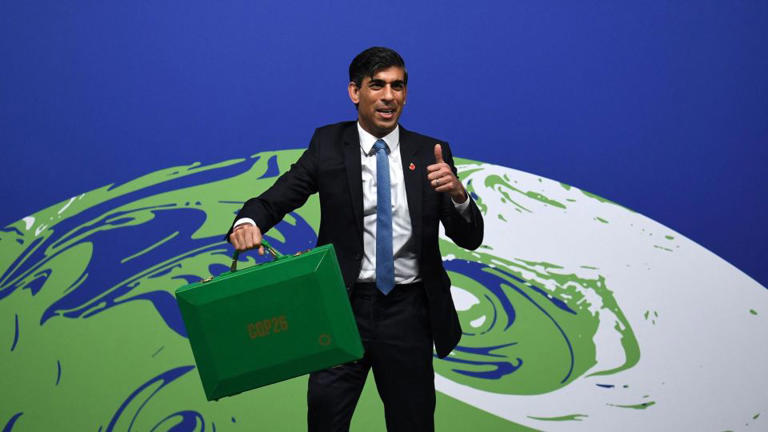
Updated Mon, July 31, 2023
(Reuters) -U.S. pharmacy chain CVS Health is cutting 5,000 jobs, the Wall Street Journal reported on Monday, citing a staff memo.
In an emailed response to Reuters, CVS confirmed the company was laying off some non-customer facing employees to cut costs, but did not comment on the number of employees affected.
The company spokesperson said CVS does not expect "any impact to our customer-facing colleagues in our stores, pharmacies, clinics, or customer services centers."
The pharmacy chain had about 300,000 employees in the U.S. at the end of last year.
The Woonsocket, Rhode Island-based company will be cutting down on travel expenses as well as its use of consultants and vendors, according to the WSJ report.
The layoffs news comes ahead of CVS' quarterly earnings report on Wednesday.
(Reporting by Rishabh Jaiswal and Gursimran Kaur in Bengaluru; Editing by Rashmi Aich)













